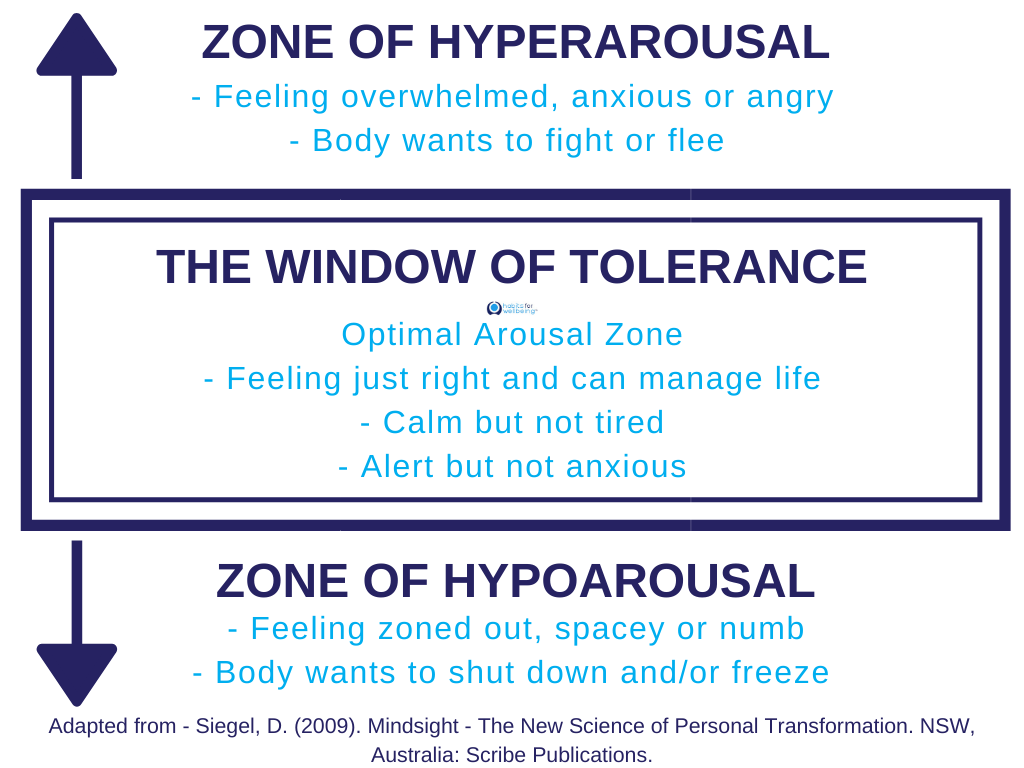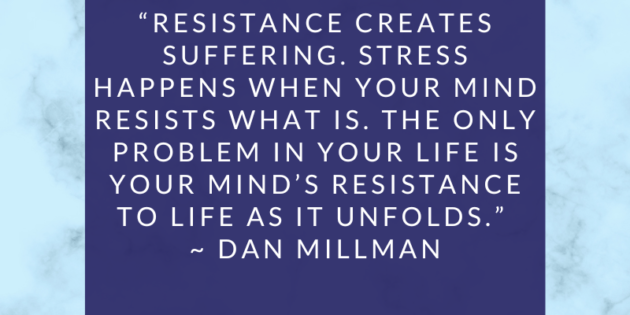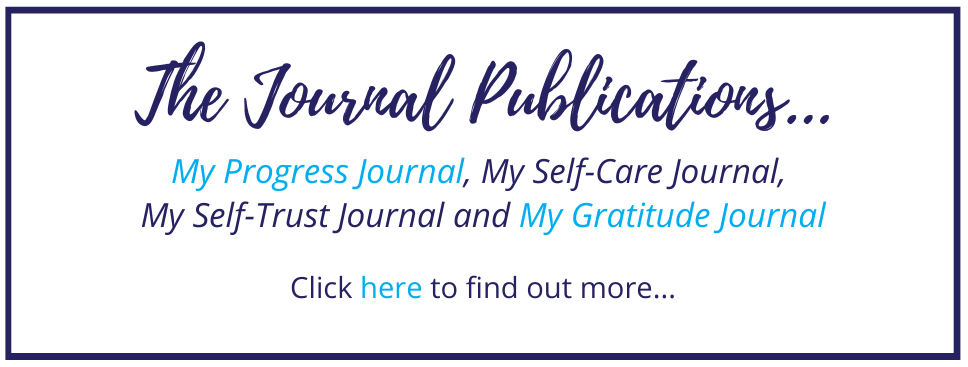Distress tolerance is one of the keys to managing stress in a helpful way and is particularly important for those highly sensitive people (HSP’s).
I have just returned from some time out. Until I went away, I hadn’t realised how much of an impact the past 6 months had taken on me. Yes I have quite a high distress tolerance, however it wasn’t until I was away and out of my usual routine that I was able to gain a deeper perspective in to my experience and realise I was ready to make further changes in my world.
Subsequently, today I wanted to share more about distress tolerance and why it is important to manage stress in our lives. Let’s get started…
What is Distress Tolerance?
A number of definitions on distress tolerance exist, including distress tolerance –
- “is a person’s ability to manage actual or perceived emotional distress” ~ Matthew Tull,
- “(a) perceived capacity to withstand negative emotional and/or other aversive states (e.g. physical discomfort), and (b) the behavioral act of withstanding distressing internal states elicited by some type of stressor.” ~ Leyro et al 2010,
- “is primarily focused on the perceived or actual behavioral capacity to withstand exposure to aversive or threatening stimuli” ~ Zvolensky et al, 2011.
Are there any more definitions of distress tolerance that resonate with you? If so, feel free to share them below.
Why Does Distress Tolerance Matter?
For me, distress tolerance matters because we ALL experience stress and you matter. Yes, truly! Your feelings, your dreams, your health, your voice. your relationships. They all matter as they are part of you 🙂
The Continuum of Tolerance…
There are a number of ways to look at distress tolerance, one way is a continuum. On one end of the continuum is being extremely intolerant of stress and the other is extremely tolerant of stress. And yes, in the middle is a healthy distress tolerance. See the following image…

One example of being on the extremely tolerable end of the continuum could be putting up with stressful or challenging situations in life, where a person continually experiences unpleasant emotions, tolerates them and does not take action to change the unhappy circumstances.
Linking Distress Tolerance to the Window of Tolerance
Another helpful way to understand distress tolerance is linking it to the window of tolerance. The “window of tolerance” is a term coined by Daniel Seigel in his book MindSight and is the optimal zone of arousal where we can function, manage and thrive in every day life. The window of tolerance can be thought of as the Middle Way or sailing within a river of well-being (Siegel & Bryson, 2012), where we can be receptive to what comes our way without getting thrown off course.
When we move outside of our window of tolerance, our nervous system responds by going into survival mode – fight, flight or freeze. From this survival mode there are one of two reactions, where –
- we feel overwhelmed, then go in to fight or flight response and go into hyper-arousal, or
- we feel can zoned out, then shut down and go into hypo-arousal.
See the diagram below for further insight in to the window of tolerance.

Managing Distress with the Window of Tolerance
Learning to self-regulate is one key to working with the window of tolerance. According to Stuart Shanker –
“Self-regulation is the ability to manage your own energy states, emotions, behaviours and attention, in ways that are socially acceptable and help achieve positive goals, such as maintaining good relationships, learning and maintaining wellbeing.”
How do you self-regulate in order to stay within your window of tolerance? It is about developing self-awareness through identifying signals that help you identify when you are in the window of tolerance and when you are moving towards the hyper or hypo-arousal zones.
For me, this is also where mindfulness, developing emotional literacy, self-management and self-compassion has really helped me. By becoming aware of my own emotions, body sensations and thoughts, I have been able to learn and recognise when I am in my optimal arousal zone and when I am going in to the hyper or hypo-arousal zone (i.e. what I can tolerate and be present for and what I struggle with and be present for). This has given me confidence and a sense of understanding and control over my inner world. However, I am not perfect and continue to be a work in progress in this space.
Over to You…
I hope this has given you some insight in to distress tolerance. Remember – stress happens and it is our response to those moments that matter, so please be kind to yourself 🙂
If you are ready to reclaim your courage and take the next step towards freedom and opening your heart, why not join our Toolkit?
References –
Leyro, T. M., Zvolensky, M. J., & Bernstein, A. (2010). Distress tolerance and psychopathological symptoms and disorders: A review of the empirical literature among adults. Psychological Bulletin, 136(4), 576–600.
Siegel, D. (2009). Mindsight – The New Science of Personal Transformation. NSW, Australia: Scribe Publications.
Siegel, D., & Bryson, T. (2012). The Whole-Brain Child – 12 Revolutionary Strategies to Nurture Your Child’s Developing Mind. NSW, Australia: Scribe Publications.
Tull., M. (2020). What is Distress Tolerance? [WWW] Available from: https://www.verywellmind.com/distress-tolerance-2797294 [Accessed 13/6/22 ].
Zvolensky, M., Bernstein, B., & Vujanovic, A. (2011). Distress Tolerance: Theory, Research, and Clinical Applications. New York, USA: Guilford Publications.













Leave A Response